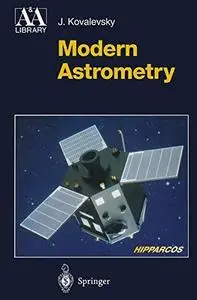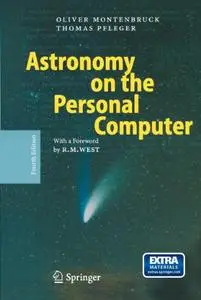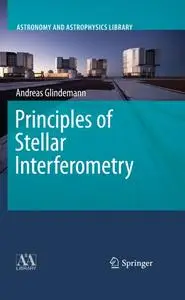April 2024
| Su | Mo | Tu | We | Th | Fr | Sa |
|---|---|---|---|---|---|---|
| 31 | 1 | 2 | 3 | 4 | 5 | 6 |
| 7 | 8 | 9 | 10 | 11 | 12 | 13 |
| 14 | 15 | 16 | 17 | 18 | 19 | 20 |
| 21 | 22 | 23 | 24 | 25 | 26 | 27 |
| 28 | 29 | 30 | 1 | 2 | 3 | 4 |

The picture is generated by canv.ai
We are excited to announce that Canv.ai now features a built-in translator, allowing you to communicate in your native language. You can write prompts in your language, and they will be automatically translated into English, facilitating communication and the exchange of ideas!
We value freedom of speech and guarantee the absence of censorship on Canv.ai. At the same time, we hope and believe in the high moral standards of our users, which will help maintain a respectful and constructive atmosphere.
Modern Astrometry
Date: 3 Mar 2024 15:19:02
Astrometry is the domain of astronomy devoted to the determination of po sitions and their time-variations, and by extension, the apparent dimensions and shapes of celestial bodies. Although several books describe the theoretical foundations of positional astronomy, they touch only slightly on the descrip tion of instruments and the procedures for obtaining actual geometrical or kinematic quantities, which are among the basic observational data in the study of the Universe and of its components. The goal of the present book is, in contrast, to provide an up-to-date description of astrometric techniques, particularly the most recent and powerful ones, whether the instruments are on the ground or in space. Until the end of the 19th century, before the development of physical as tronomy, all astronomical observations were directed towards obtaining posi tions of celestial bodies. Since then astrophysics has become the most impor tant domain of astronomy. With the extension of observations to almost all wavelengths from radio waves to gamma rays, with the use of very sensitive new receivers and the development of fast computers, remarkable progress has been made in the description and the understanding of the Universe.
Statistical Challenges in Astronomy
Date: 14 Mar 2022 11:09:40
Statistical Challenges in Astronomy by Eric D. Feigelson
English | PDF | 2003 | 511 Pages | ISBN : 0387955461 | 9.7 MB
Digital sky surveys, high-precision astrometry from satellite data, deep-space data from orbiting telescopes, and the like have all increased the quantity and quality of astronomical data by orders of magnitude per year for several years. Making sense of this wealth of data requires sophisticated statistical techniques. Fortunately, statistical methodologies have similarly made great strides in recent years. Powerful synergies thus emerge when astronomers and statisticians join in examining astrostatistical problems and approaches.
Astronomy on the Personal Computer
Date: 14 Nov 2021 19:25:20
Astronomy on the Personal Computer by Oliver Montenbruck
English | PDF | 2000 | 309 Pages | ISBN : 3540672214 | 1.8 MB
Astronomy on the Personal Computer provides the reader with a thorough introduction to the computation of celestial mechanics, which is of particular significance to astronomical observation. Covering everything from astronomical and computational theory to the construction of rapid and accurate applications programs, this book supplies the necessary knowledge and software solutions for determining and predicting the positions of the Sun, Moon, planets, minor planets and comets, solar eclipses, stellar occultations by the Moon, phases of the Moon and much more.
Principles of Stellar Interferometry (Repost)
Date: 25 Aug 2020 23:47:50
Principles of Stellar Interferometry by Andreas Glindemann
English | PDF | 2011 | 366 Pages | ISBN : 3642150276 | 7.25 MB
Over the last decade, stellar interferometry has developed from a specialist tool to a mainstream observing technique, attracting scientists whose research benefits from milliarcsecond angular resolution. Stellar interferometry has become part of the astronomer’s toolbox, complementing single-telescope observations by providing unique capabilities that will advance astronomical research.





